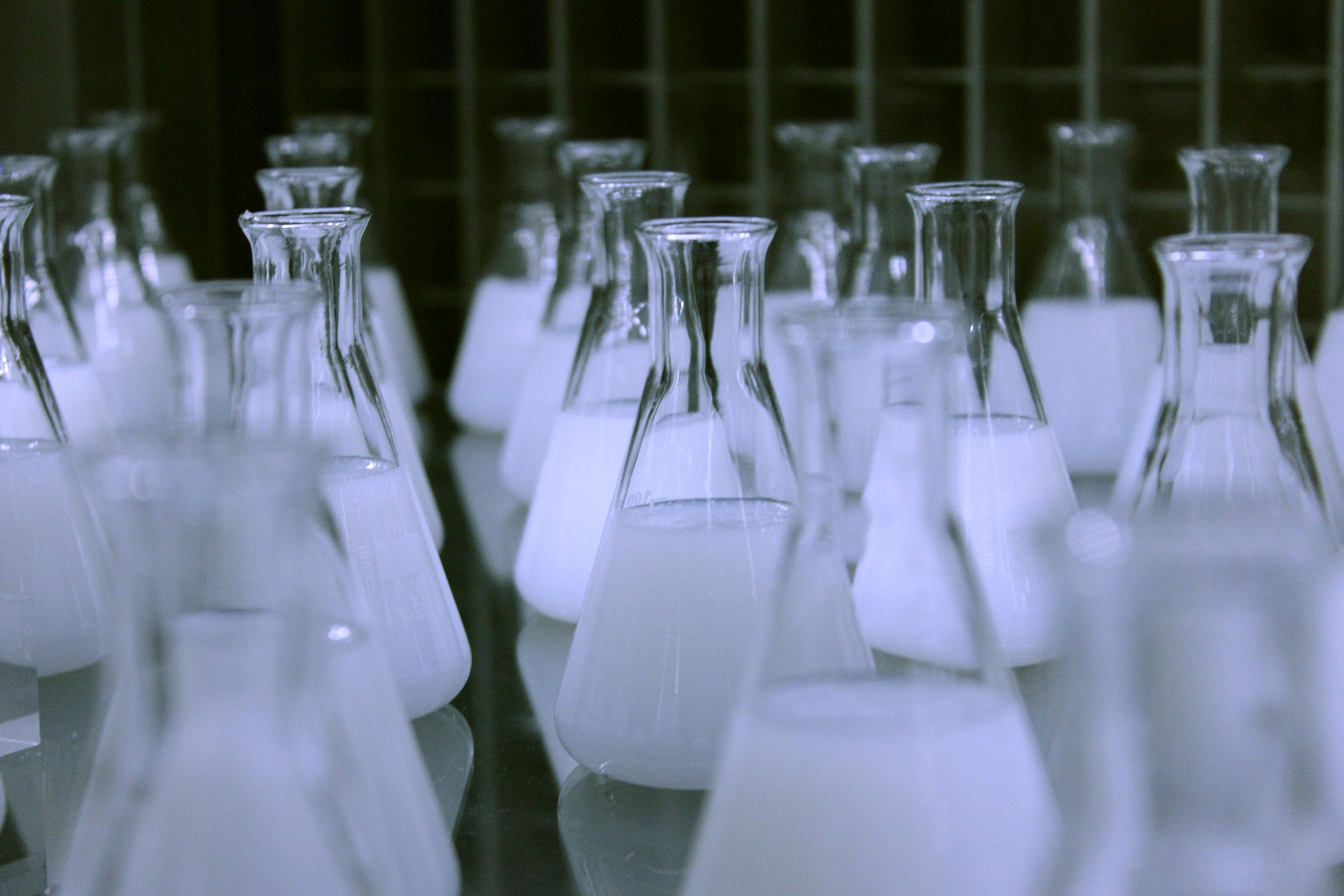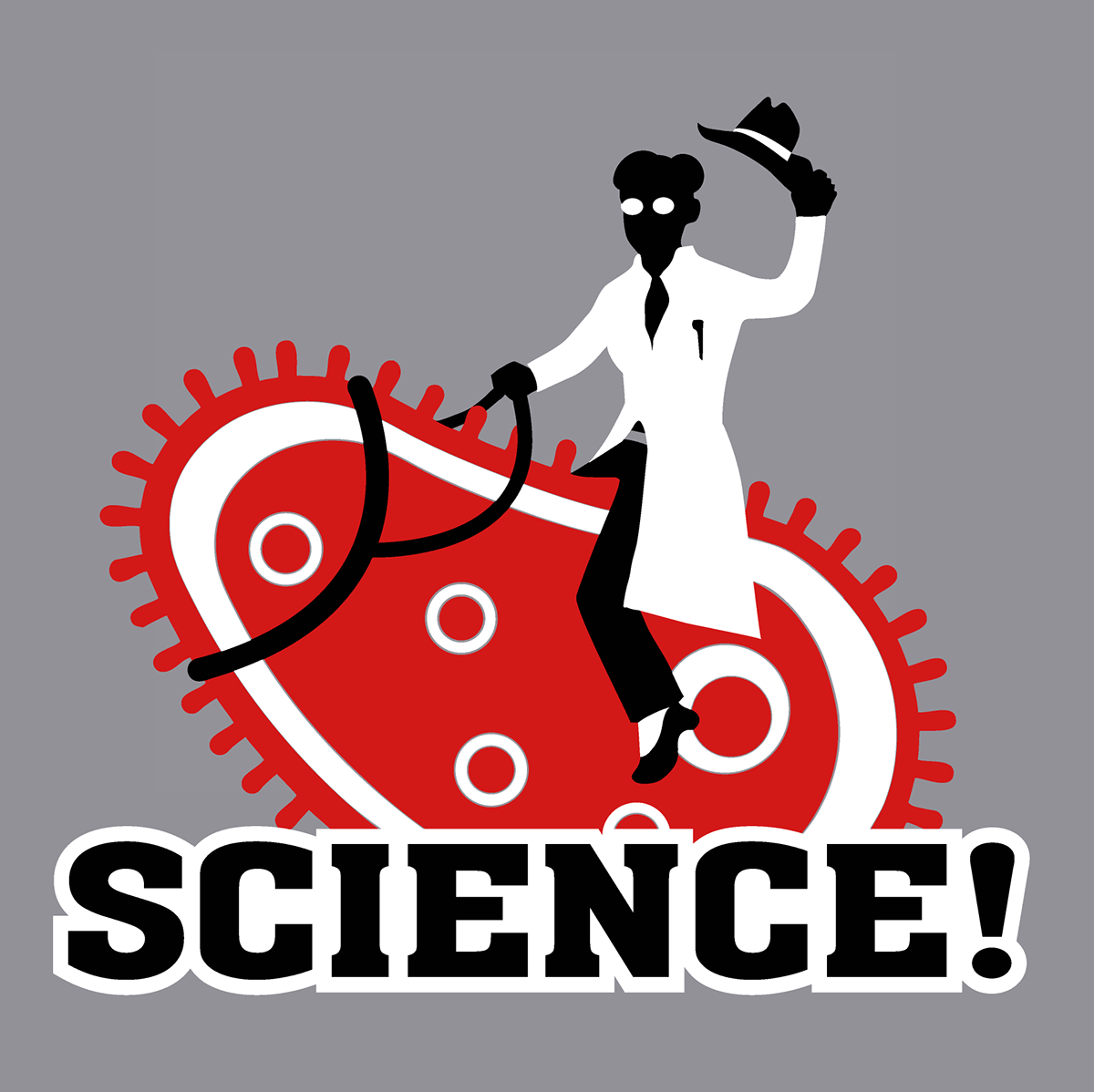
If it’s been a while since you last attended science class, let’s do a brief refresher. Underlying all scientific research is a process commonly called the Scientific Method. The Scientific Method provides a framework for researchers to learn about the world in a factual way. We don’t have to guess where the sun goes at night, or where flies come from. We can find out.
How it Works
The Scientific Method is a cyclical process that builds upon itself. But it all starts with two things: An observation and a question.
An Observation and a Question
Science always begins with an observation and a question. If you see something happening in your daily life, and you don’t understand it, you can always ask… why?
For example, people used to believe that flies came from rotting meat. They just assumed that meat left out to rot would generate flies out of nothingness. This idea was called spontaneous generation. It wasn’t until 1668 that naturalist Francesco Redi decided to ask the crucial question of where the flies were coming from.
Background Research
Stand upon the shoulders of giants. It’s a waste of time and energy to repeat previous scientific inquiries if their conclusions are valid. So if you have an observation and a question, do some research. See if others have researched the subject, and what they have said.
Francesco Redi looked at Aristotle’s work on spontaneous generation. Aristotle had left meat in a shed, and found that a few days later, there were flies in the shed. He had never used sealed containers to test his hypothesis.
A Hypothesis
Now we can begin with the SCIENCE!

This is why science cannot answer questions regarding certain religious beliefs or philosophies. These questions are outside the scope of science, because they cannot be tested.
For example, Francesco Redi hypothesized that flies do not come from nothing. He hypothesized that they must come from other flies.
Testing Your Hypothesis
After forming your hypothesis, you need to create a test to prove your hypothesis right or wrong. A test that cannot fail is invalid. After all, your hypothesis and your test must be falsifiable.
When you design your tests, you should be aware of any potential confounding factors. These are variables that could interfere with the results of your test. For example, if you're testing how efficient a car engine is, you should also be aware of the wind speed. You will need to record these confounding variables so that they do not affect your final analysis.
In Francesco Redi’s case, he took six jars, placed different meats in them, and placed gauze over half of them. He also placed maggots in an empty, sealed jar, and some in a sealed jar with meat in it.
Collecting Data
The vital part of your tests. Your data will help determine the validity of your experiment, and whether or not your hypothesis is correct. Your data can be numerical (quantitative) or descriptive (qualitative).
Francesco Redi wrote down what happened in each jar. The jars that were uncovered grew maggots that eventually became flies. The jars that were covered in gauze only saw maggots on the gauze, but these eventually died. In the jars that were sealed, the empty one saw the maggots die without becoming flies. The one with meat and maggots saw a bunch of flies.
Analyzing Your Results
Here you take your data and analyze it. If the results are numerical, you can perform statistical analysis. If your results are qualitative (non-numerical), you can aggregate them. In both cases, you are looking for patterns or trends.
Francesco Redi analyzed his results, and found that flies did not appear on meat that was covered with gauze.
Confirming or Rejecting Your Hypothesis
This step logically follows from your analysis. If your results turn out to be the opposite of your hypothesis, you must reject your hypothesis. If they match your hypothesis, you have confirmed your hypothesis. Sometimes the results will be mixed or unclear. In this case, your testing protocol may need to be reviewed or changed, and you may need to do more tests. Alternatively, your hypothesis might be wrong, or there may be some confounding factors you didn't account for.
Francesco Redi rejected Aristotle’s hypothesis, and hypothesized that all life comes from life. He disagreed with the idea of spontaneous generation.
Repeating the Cycle Based on What You Learned
It's very rare for a piece of research to resolve all of your questions. Your tests may have produced odd results, worthy of their own experiments. Usually you observe something new in the test process. Research often begets more research.
Thus, you start the process all over again with your new set of questions. Can you refine your last hypothesis? Or do you need a new one?
So that’s the Scientific Method in a nutshell. There are many practical consequences and variations on the scientific method, but they all boil down to the same idea: How can we test it?